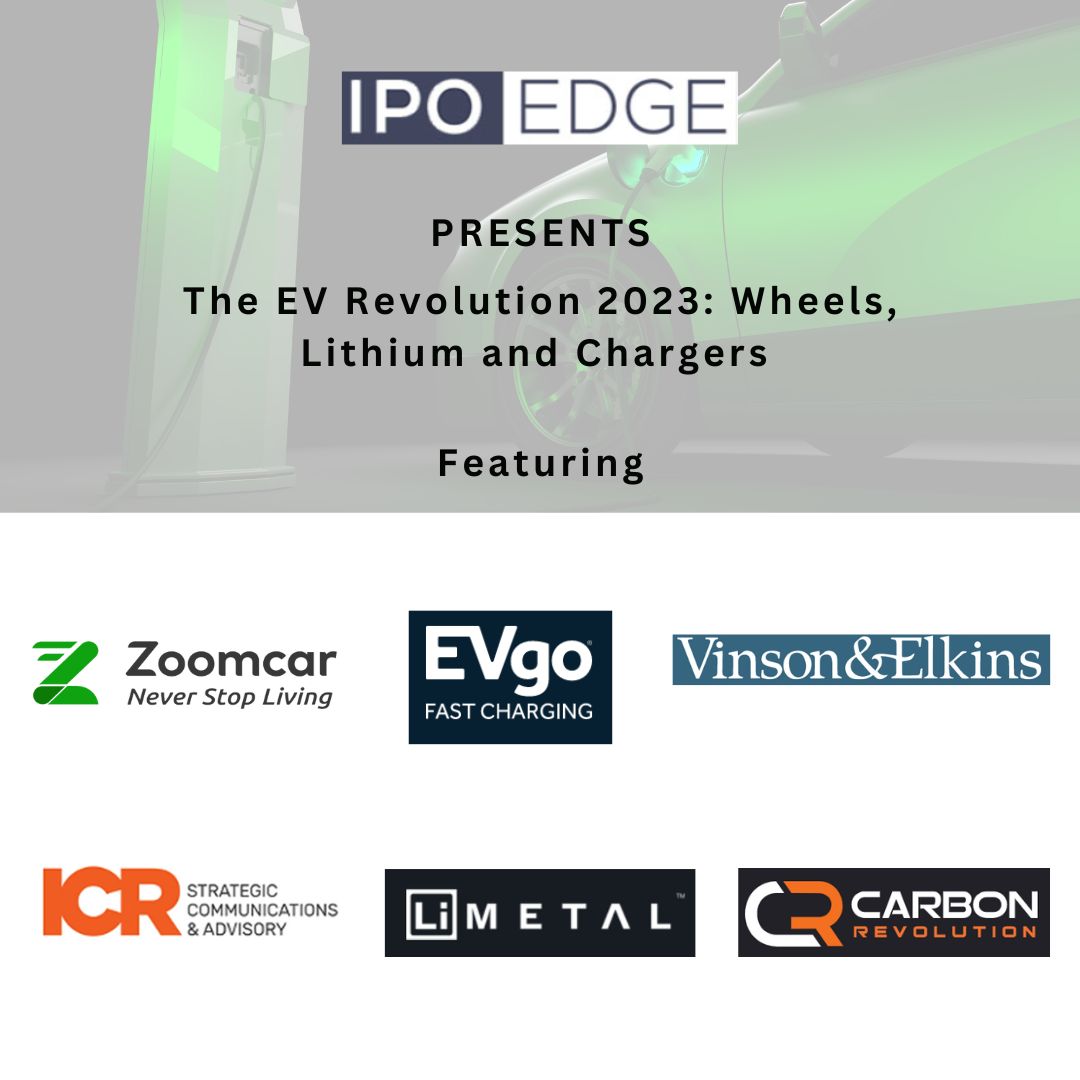NEWS
Li-Metal president sets sights on next-generation lithium battery tech
Author admin
March 8, 2023
Articles

- Li-Metal's technology converts lithium carbonate to lithium metal, skipping a step that creates what is essentially a waste product.
- The company also touts the ability to make a thinner anode, which could enable the use of batteries for applications such as electric aviation.
- A circular economy for lithium may be possible in the future, but more electric vehicles must first enter the marketplace.
 Li-Metal President Kunal Phalpher
Source: Li-Metal Corp.
Li-Metal President Kunal Phalpher
Source: Li-Metal Corp.
-
Li-Metal Corp. works with lithium metal and anode technology for next-generation lithium batteries, and it has developed a process to convert lithium carbonate directly into lithium metal for use in battery technologies.
The company's recently appointed president, Kunal Phalpher, said it is an exciting time to be involved in lithium. The development of battery technologies is moving along faster than he anticipated. As original equipment manufacturers increasingly embrace electric vehicles, a race for differentiating technology could produce interesting new types of batteries that pave the way for new consumer products and services such as electric aviation.
S&P Global Commodity Insights spoke with Phalpher for the latest episode of the Energy Evolution podcast, discussing how Li-Metal views current lithium markets and how next-generation lithium batteries might affect the energy transition. The interview has been edited for clarity and length.
S&P Global Commodity Insights: Tell us a bit about how you view lithium markets today and some of the greatest challenges faced by those looking to buy lithium.
Kunal Phalpher: I think, in general, we've seen a rapid increase in the number of gigafactories and the number of vehicles promised by different OEMs. That's created a market in which the projected amount of lithium required versus being supplied has a mismatch.
We saw over the last 12 months or so a massive run-up in the price of lithium. Obviously, the OEMs and the battery makers are looking at that and looking at the prices and seeing how that will impact their bottom line in the future.
Episodes of Energy Evolution are available on
iTunes ,
Spotify and other podcast platforms.
So, what exactly does Li-Metal do in the lithium and battery space?
Li-Metal's focused not on the lithium-ion technologies of today but really on what's coming next down the pipeline in next-generation vehicles, batteries or other applications like electric aviation.
We're a company that started, actually, with a focus specifically on lithium metals, converting lithium from its chemical form back into a metal form. It has existing applications today in aerospace, pharma and primary batteries — so your little coin cells that go in different devices. Traditionally, that's made from a product called lithium chloride, and it results in a lot of chlorine gas offset.
Our firm has developed a process to convert lithium carbonate directly into lithium metal. As the company developed that process and started to look at this next-generation battery market — so say, solid-state batteries or just lithium metal anode or lithium-sulfur technologies — we developed a thesis or identified an opportunity for a better way to make the anode for batteries.
We also stepped into that part of the value chain by developing a technology that could produce thinner anodes, which helps with the economics of the battery and performance. That's our second technology, where we're actually able to put lithium onto copper or other substrates for these next-generation batteries.
Backing up a second, can you explain what you mean when you talk about anodes and cathodes? Also, how is your technology an improvement over conventional technologies?
So cathode, you have the positive side, and anode, you have the negative side of the battery, kind of like your plus and minus on your Duracell or Energizer AA. A lot of the focus in the lithium-ion industry has been focused on what you use on the cathode side. Is it nickel based? Or is it iron phosphate-based?
For all those technologies in the lithium-ion space, the anode side has always been graphite. It's been graphite on copper that basically the lithium ions travel to. And that makes up about 40% of the battery weight. People haven't really focused, as lithium-ion got developed, on that side of the battery.
Groups have started looking at whether we can put silicon or lithium metal on that side of the battery to improve performance, safety and cost. Competing technology is coming from groups that are making silicon anodes that also have good performance and other characteristics that are beneficial for the battery.
Can you tell us a little bit about why you think this is a game changer in the battery space and what kind of things we might see come from the developments companies like yours are making?
There are a few benefits of using new anode technology, such as higher energy density. What that enables is with a lower weight, you can have the same range, or at the same weight, you could have double the range for your consumer EV. So there are benefits and different paths that can be taken, but you definitely can help to get more value or more energy out of the same resources when you talk about, say, the nickel and cobalt going into the cathode side.
The other thing that enables is also a reduction in weight or specific energy. So when we look at not the road applications, but say, electric aviation, these air taxis, they're really concerned about the weight of the battery and ... to be able to bring down the weight. You're lifting the weight of the battery off the ground to get in the air. That's a huge benefit for an enabler of that industry as well.
What are some of the environmental problems associated with lithium, and what about your company's process is cleaner than conventional uses of lithium?
The challenge of the existing metal production is ... coming out of the ground, there can be a form of lithium chloride. They usually then convert it to lithium carbonate and then convert it back to lithium chloride to make metal. What occurs then is you have, for every ton of metal, five tons of chlorine gas created in your production and also, that lithium chloride they're producing doesn't really have too many other applications.
It's also a supply chain constrained in the sense that if you want to scale metal production for what is needed down the road for these next-generation batteries, you'd have to scale chloride production as well. So there's an economic benefit to being able to use existing supply chains that are being scaled around lithium carbonate as well for our process.
Do you see a future for a circular economy model around lithium where we recycle our batteries to the extent that new lithium no longer needs to be mined?
It will definitely take some time, but we see it now in lead acid, 98% to 99% is from recycled material. We need to get to a steady state right now. There's just so much growth and investment in new facilities and new requirements to get us to 50%, 60% sales of EVs. Of all passenger vehicles right now ... 5% of all vehicles or so — in North America, at least — are EVs.
So, to increase that production significantly, you need to expand that whole supply chain. Once you get into a steady state, everyone is buying an EV. Everyone's bringing it back and then buying a new one, and the battery is going to recycling. You can get to a more circular economy because you have a vast amount of material coming back out of the market. But then it has to be that first push, I think, to put it into the market to get us to that high penetration of EVs.
S&P Global Commodity Insights produces content for distribution on S&P Capital IQ Pro.


 Li-Metal President Kunal Phalpher
Source: Li-Metal Corp.
Li-Metal President Kunal Phalpher
Source: Li-Metal Corp.
